Maya vs Blender: Which is the better choice?
Continuing the 3D software battle series, in this article today, let’s explore Maya vs Blender. What is the difference between these two software and which one is better for your projects? Why is Maya used more than Blender? Some useful tips can be found in this VFXRendering article.
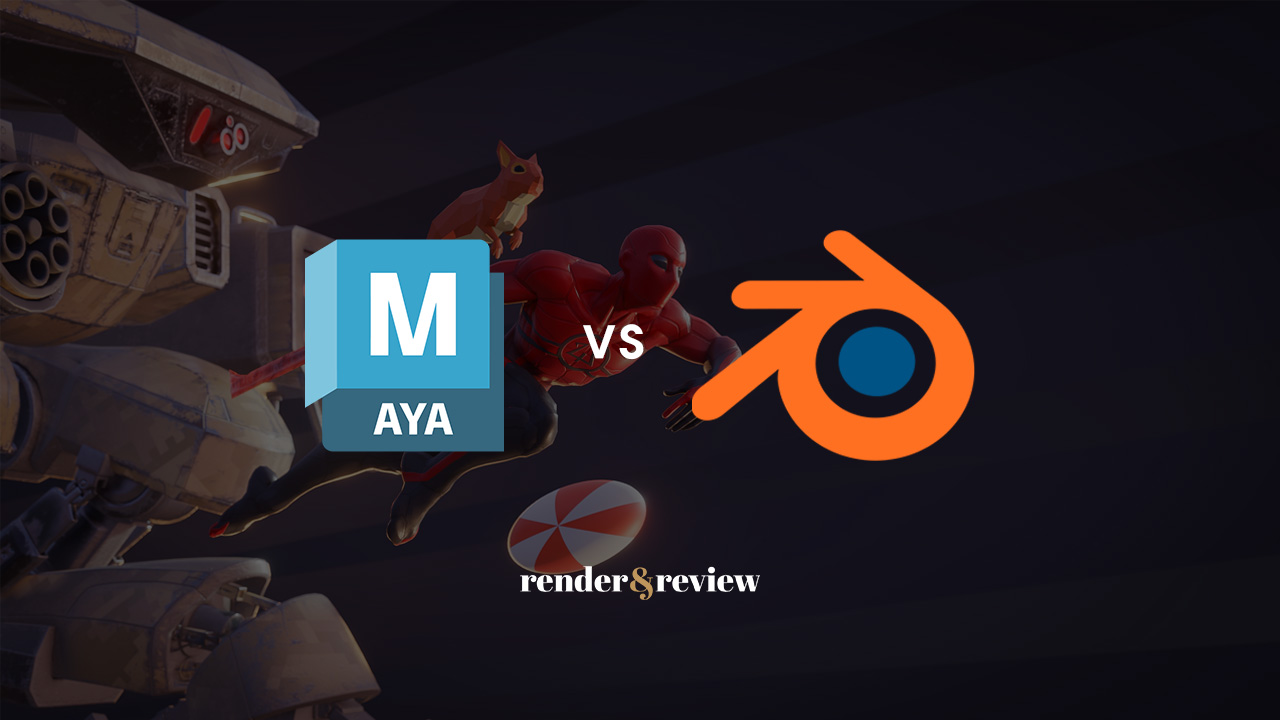
Table of Contents
Overview of Maya vs Blender
What is Blender?
Blender is a powerful and versatile open-source 3D computer graphics software application. It was developed by the Blender Foundation (2002) – an independent public benefit organization. It is a free and open-source 3D creation suite. Blender supports a wide range of functions, including 3D modeling, sculpting, texturing, rigging, animating, rendering, compositing, motion tracking, game development, and video editing.
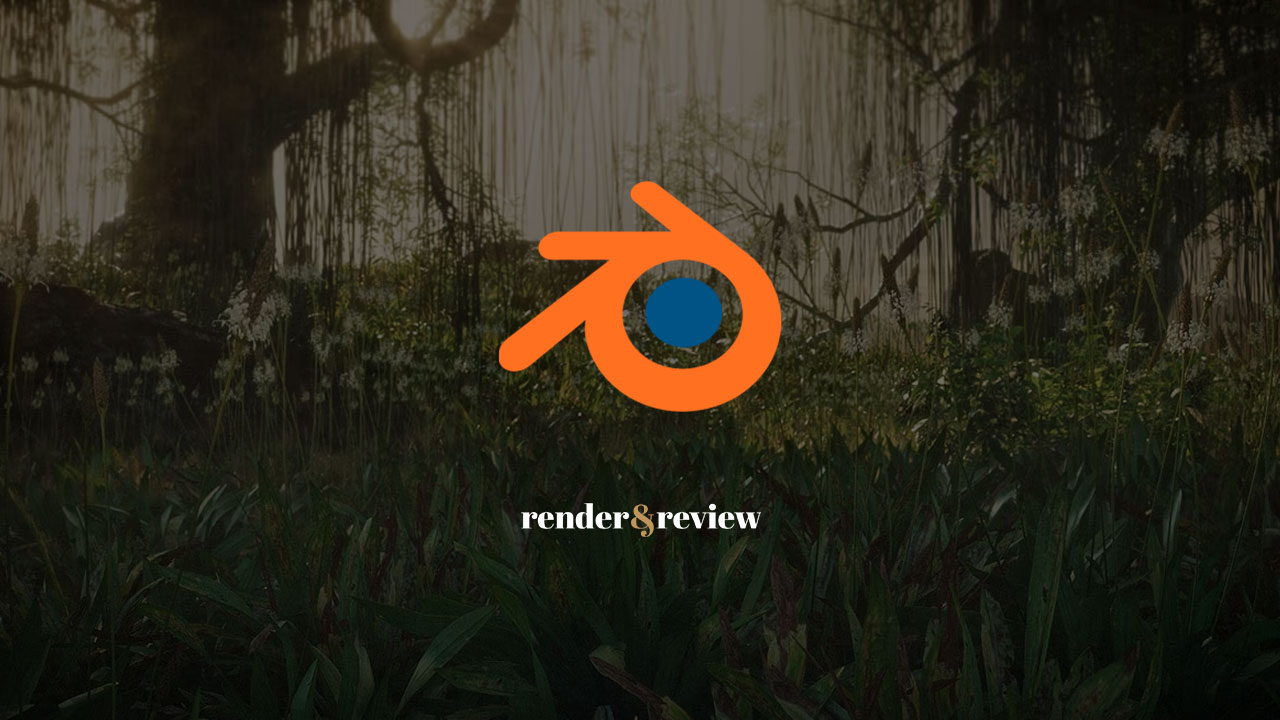
Key features of Blender:
- 3D modeling: Blender allows you to create 3D models using a variety of tools and techniques. It supports polygonal modeling, NURBS modeling, and sculpting.
- Texturing and shading: Users can apply textures to 3D models, and Blender provides a node-based shading system for creating realistic materials and surfaces.
- Rigging and Animation: Blender includes tools for rigging, which is the process of creating a skeleton or structure for 3D model. It also supports animation through keyframes, armatures, and a powerful animation timeline.
- Rendering: Blender has a built-in rendering engine called Cycles, which allows users to generate high-quality images and animations. It also supports real-time rendering with its Eevee engine.
- Simulation: Blender includes simulation tools for fluid dynamics, smoke, fire, cloth, and particles, allowing users to create realistic simulations for various effects.
- Compositing: Blender has a node-based compositor that enables users to combine and manipulate images and video sequences. This is useful for post-processing and adding visual effects.
- Game Development: While not as specialized as some game engines, Blender has the capability to create interactive 3D experiences and simple games.
- Video Editing: Blender includes a video sequence editor (VSE) that allows users to edit and arrange video clips, add transitions, and perform basic video editing tasks.
- One notable aspect of Blender is its open-source nature, which means that software is free to use, modify, and distribute. Blender has a large and active community of users, and it is regularly updated with new features and improvements. Blender is available for Windows, macOS, and Linux.
What is Maya software?
Maya is one of the most popular and older 3D software in the world, it was developed by Autodesk Inc. It is widely used in the film, television, video game development, and design industries for 3D animations, visual effects, and virtual reality content. Maya is a comprehensive software package that provides a range of tools for 3D modeling, animation, rendering, texturing, rigging, and more.
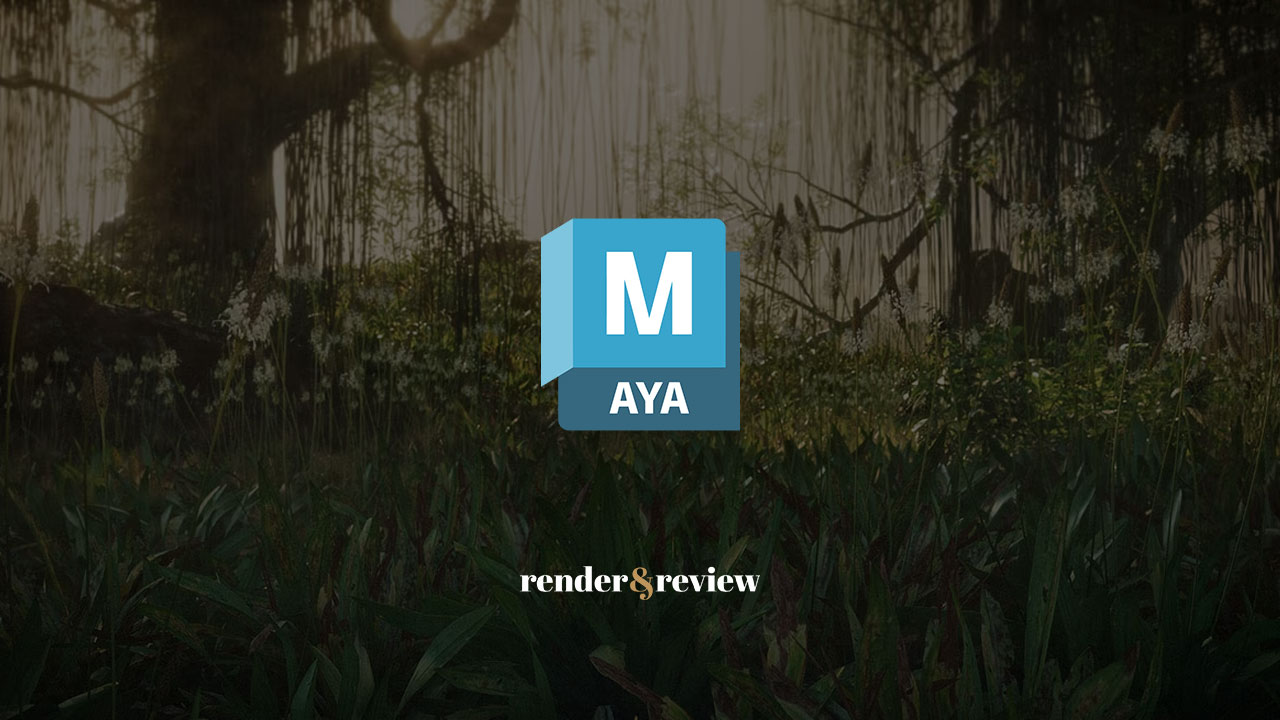
Key features of Maya:
- 3D Modeling: Create 3D models using geometry based on vertices, edges, and faces. With NURBS modeling, Maya allows you to construct 3D models from geometric primitives and drawn curves.
- Simulations with Bifrost for Maya: Users can create physically accurate simulations in a single visual programming environment. This tool allows the creation of high-quality liquid and fluid effects using the Fluid Implicit Particle (FLIP) feature.
- Fast playback: Accelerate the animation review process and reduce the need for numerous playblasts by utilizing cached playback in Viewport 2.0.
- Graph editor: Create, view, and modify animation curves using a graphical representation of scene animation.
- Rigging: Maya provides tools for creating character skeletons (rigging) and controlling the movement of characters through the animation process. This is crucial for creating realistic and expressive character movements.
- Rendering: Maya has a powerful rendering engine that enables users to generate high-quality images and animations. Mental Ray and Arnold are popular rendering engines used with Maya.
- Scripting and Customization: Maya allows for extensive scripting using languages like MEL (Maya Embedded Language) and Python. This allows users to automate tasks, create custom tools, and enhance the functionality of the software.
Autodesk Maya is widely used in the entertainment industry and is considered a standard tool in many animation and visual effects studios. It is available for Windows, macOS, and Linux. Maya is a commercial software package, and its features cater to the demands of professional 3D artists and animators.
Comparison Maya vs Blender
Prices
While Blender is free 3D software, Maya needs to pay at least $235/month after the 30-day trial ends. So, if you are concerned about the cost of using the software or learning the 3D software, you can choose Blender to start.
User interface
Maya has a user interface that is commonly used in professional studios. It has a more standardized layout for the industry, with various panels and menus. Meanwhile, Blender has a unique interface design that might initially feel different to users accustomed to other 3D software. However, it’s highly customizable, and many users appreciate its efficiency once they become familiar with it.
The learning curve of Maya vs Blender
Blender has an easier learning curve than Maya. Blender has many tutorial videos online, so you can learn very quickly and whatever you want. So, Blender is more approachable, especially for beginners or those new to 3D graphics. On the other hand, Maya has a steeper learning curve, especially for beginners, due to its extensive feature set and industry-standard workflows.
Features of Maya vs Blender
Maya is an industry-standard software with a comprehensive set of features suitable for high-end 3D modeling, animation, and visual effects work. It is widely used in film, television, and game development.
Blender is a versatile software with a robust set of features for 3D modeling, animation, rendering, and more. While it may not have all the features of Maya, it is a powerful tool that continues to improve with each update.
Animation and Rigging
Maya is renowned for its animation and rigging capabilities. It is extensively used in the animation and VFX industries, especially for character animation and complex rigging setups. Blender also has strong animation and rigging tools, making it suitable for a variety of animation projects. It has improved significantly in these areas over the years.
Rendering Engines
Maya has rendering engines including Arnold and Mental Ray. Arnold Render is one of the best render engines in terms of quality and like Maya, it is popular and used by many professional studios in the world.
Blender also has its rendering engines, including Cycles for realistic rendering and Eevee for real-time rendering. These two render engines are also considered to provide good rendering quality.
Why is Maya used more than Blender?
It’s no coincidence that Maya has become more popular software than Blender. Because Maya was born earlier than Blender it is known as a professional animation software. Used by famous studios such as Pixar, Walt Disney,… It was used on CG films such as Sony Pictures Animation’s Oscar-winning Spider-Man: Into the Spider-Verse and live-action integrated films such as Avengers: Infinity War.
Most professional studios use this software in filmmaking. Therefore, if a 3D artist wants to find opportunities in these professional studios you need to be proficient in using Maya.
However, it’s important to note that Blender has been gaining significant traction and popularity, especially in recent years. Blender’s development has accelerated, and it has undergone substantial improvements, making it a more competitive option. Additionally, the free and open-source nature of Blender makes it more accessible to independent artists, students, and small studios with limited budgets.
The choice between Maya vs Blender often depends on specific project requirements, industry standards, budget constraints, and personal preferences. Both software packages are powerful in their own right, and the decision often comes down to the specific needs of the user or studio.
Read more:



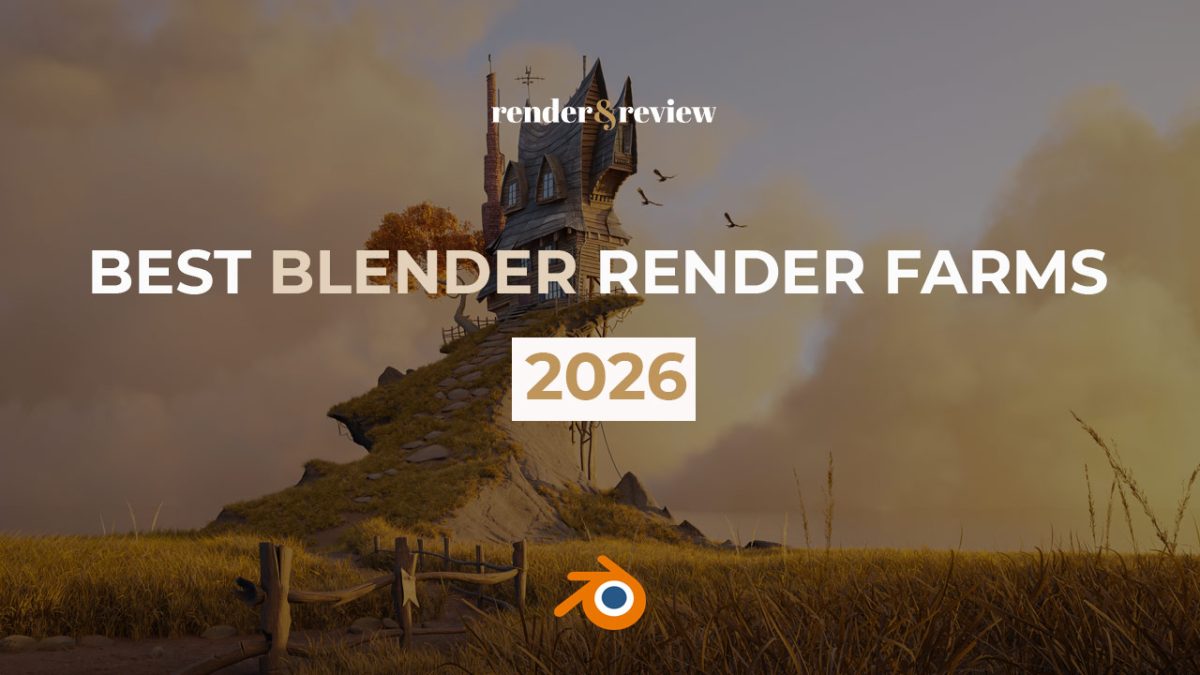
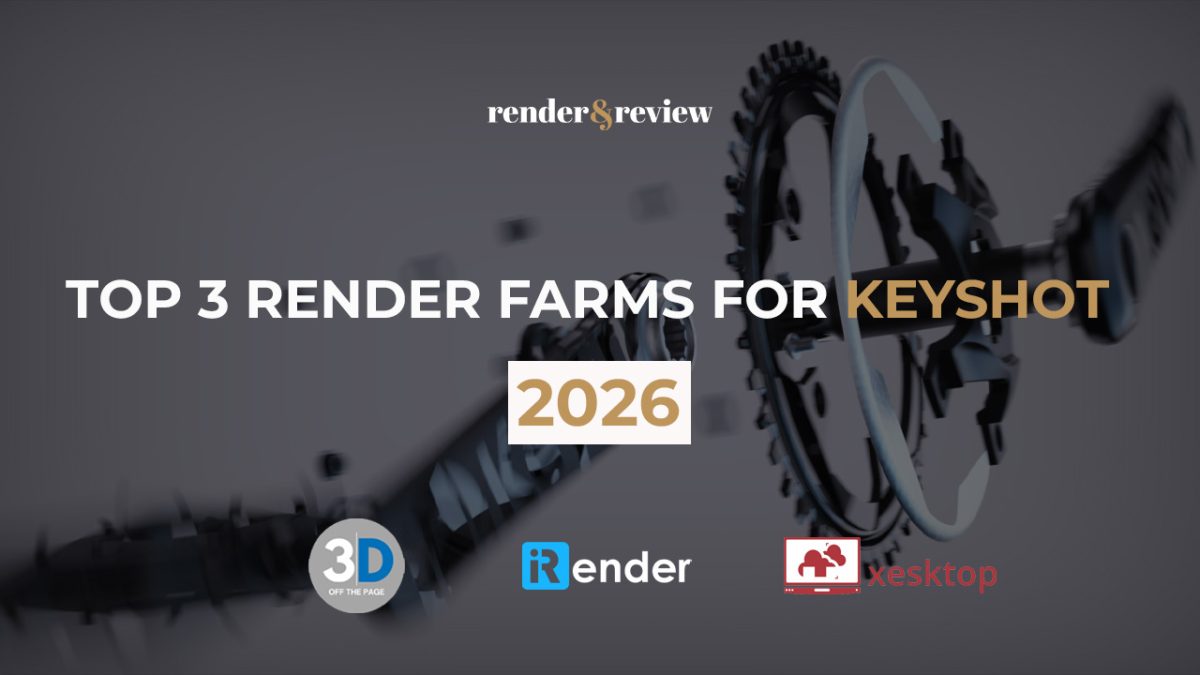
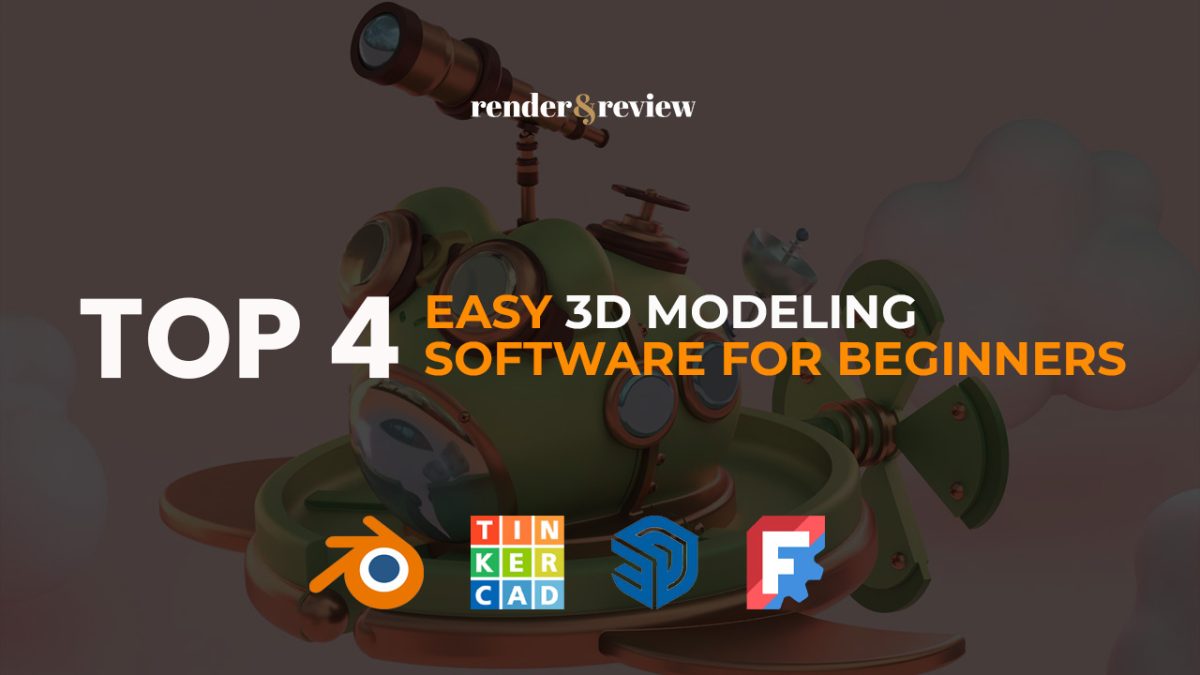

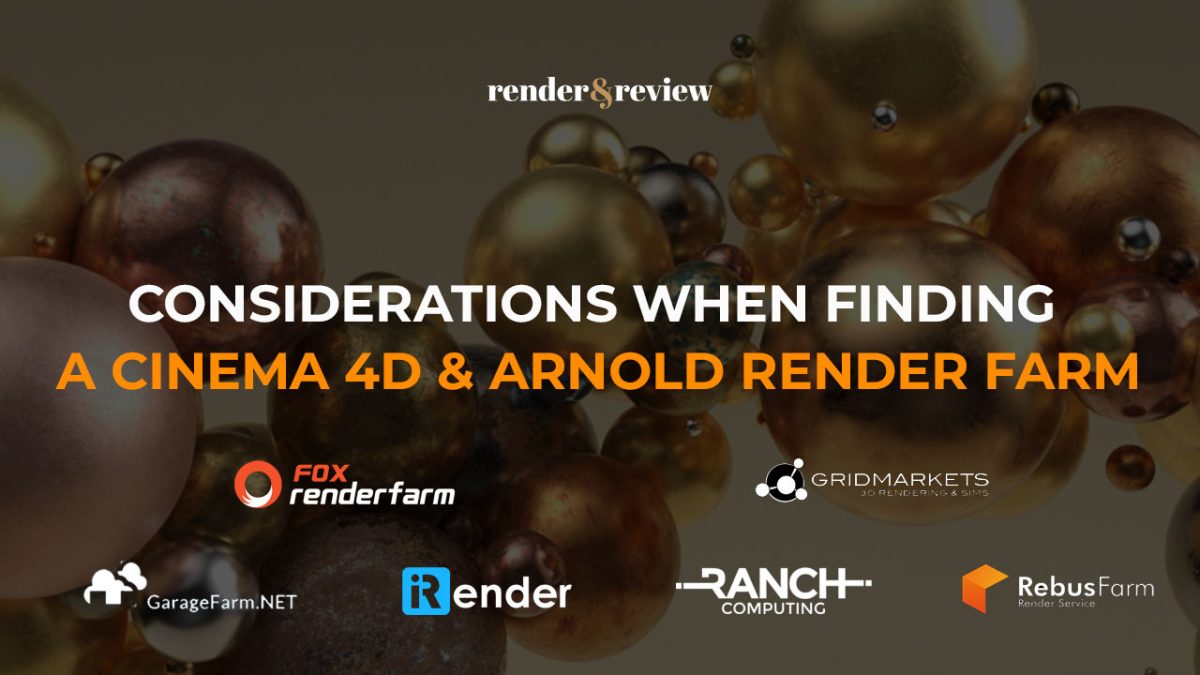
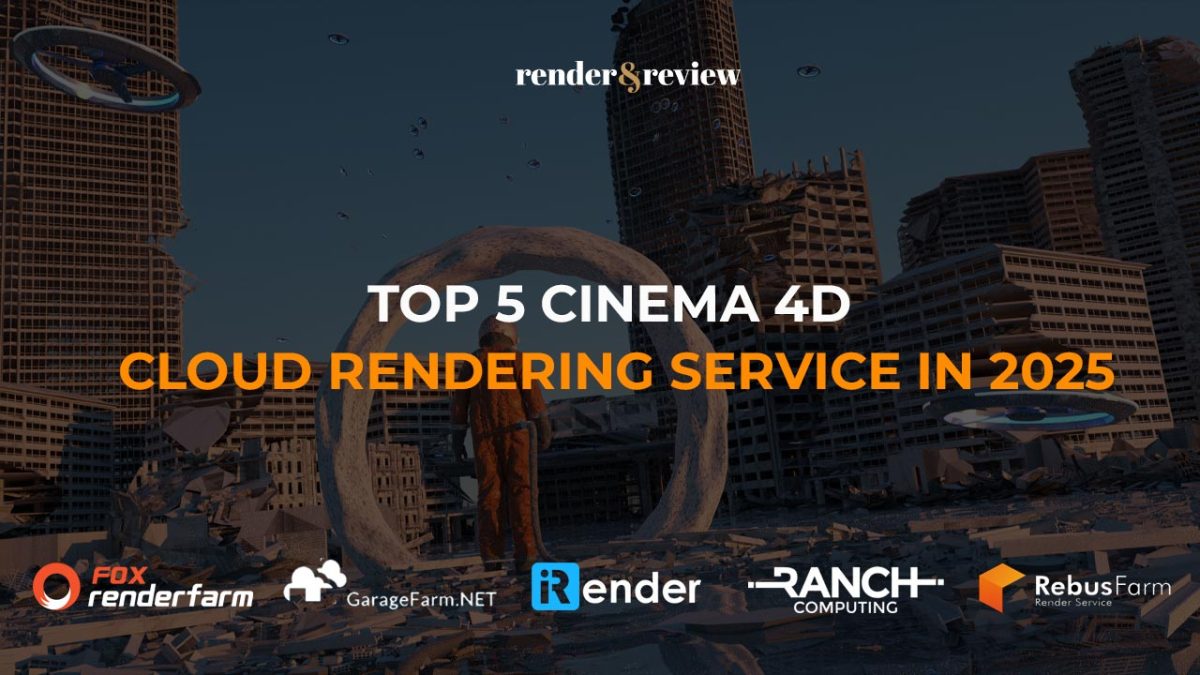
No comments